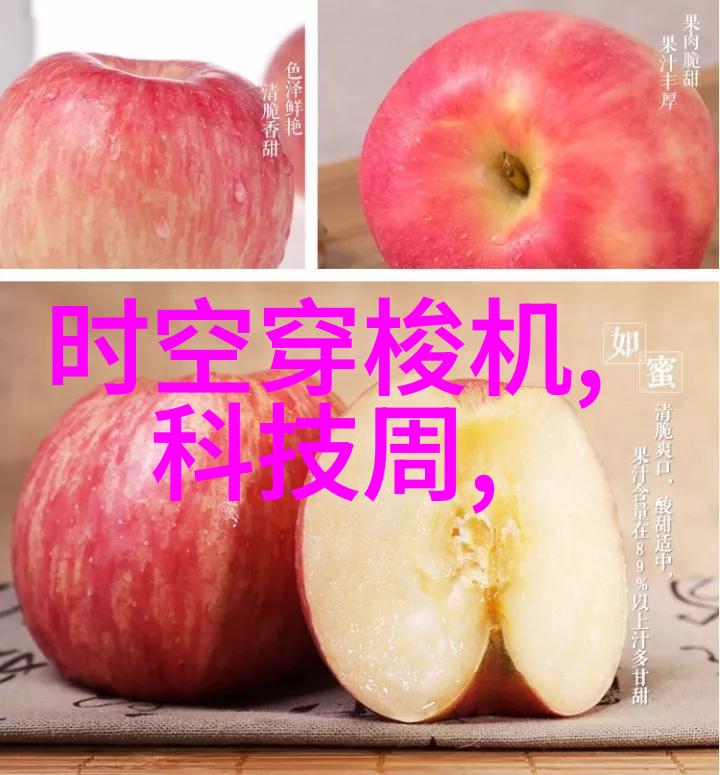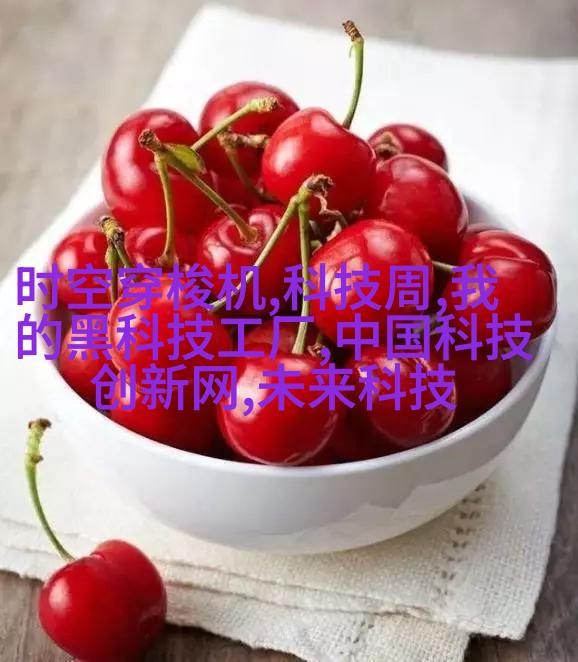在现代工业中,丝网波纹填料(Screen Printing Mesh Filling Material)是一种广泛应用于印刷、包装和其他相关领域的材料。它不仅能够提供高质量的印刷效果,还能在生产过程中保持稳定性和一致性。然而,不同的行业对于丝网波纹填料的要求各异,这些需求直接影响到其标准化。

首先,我们需要了解什么是丝网波纹填料以及它在工业中的应用。这种材料主要由金属或聚合物制成,它们具有特定的孔隙大小和密度,用于控制墨水流动速度,从而实现精确打印。此外,它还可以根据不同的用途调整其厚度、弹性模量等性能参数。在包装行业中,丝网波纹填料用于制造各种标签和贴纸;在电子设备制造业中,它则用于制作电路板;而在服装设计上,则用于图案染色等。
丰富的选择:丝网波纹填料标准化有什么好处?

silk screen mesh filling material standardization has several benefits. Firstly, it ensures that the quality of the final product is consistent across different manufacturers and suppliers. This consistency in turn helps to build trust among customers and enhances their confidence in purchasing these materials. Secondly, standardized materials simplify the procurement process for companies as they can easily identify compatible products without having to conduct extensive research or testing.
How do we evaluate and choose appropriate silk screen mesh filling materials?

When selecting a suitable silk screen mesh filling material, there are several factors to consider. The first factor is its compatibility with the specific printing technique being used. For example, some techniques require finer meshes while others demand coarser ones. Another important consideration is the desired print resolution – higher resolutions often require tighter meshes with smaller pores.
What are the main international standards for silk screen mesh filling materials?

There are several key international standards for silk screen mesh filling materials that have been developed by organizations such as ISO (International Organization for Standardization) and ASTM (American Society for Testing and Materials). These standards cover various aspects of these materials including their physical properties, chemical composition, dimensions, tolerances, safety requirements etc.
Why do we need new or updated technologies and standards? What impact will emerging trends have on future developments?

In recent years there has been an increased focus on sustainability in manufacturing processes due to growing environmental concerns worldwide. As a result many companies are looking into developing new technologies that reduce waste generation during production processes like those involved in making silk-screen printing meshes.
The article concludes by emphasizing how crucial it is for industries using these specialized textiles to adhere strictly to established guidelines when sourcing high-quality raw materials like silk-screen printing meshes from suppliers around the world so as not only maintain uniformity but also ensure long-lasting durability of finished products while simultaneously promoting eco-friendly practices within their own operations